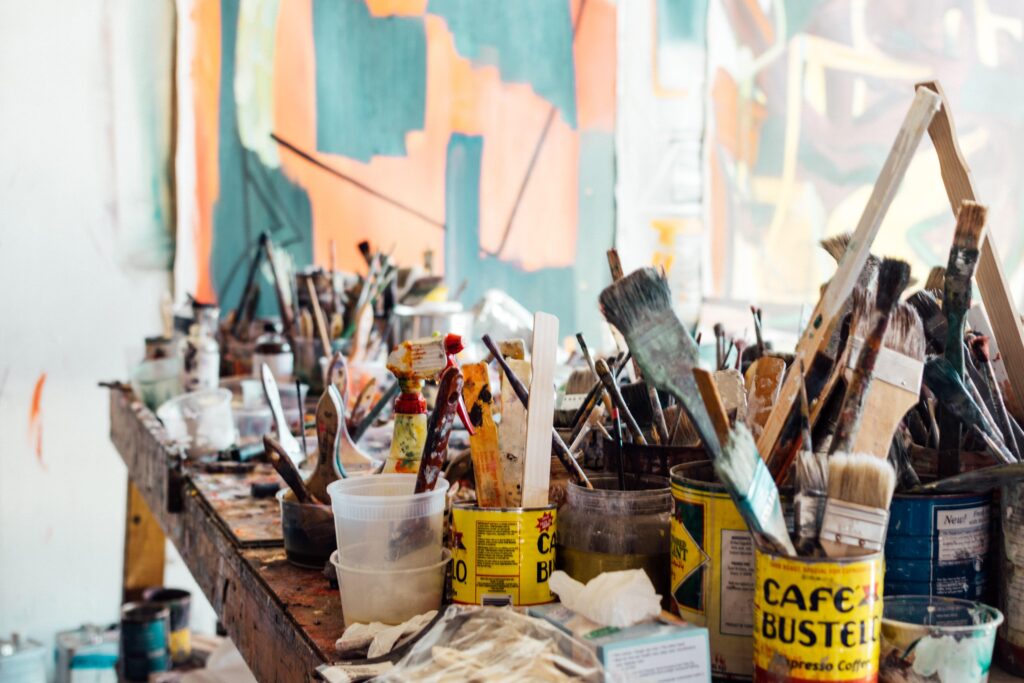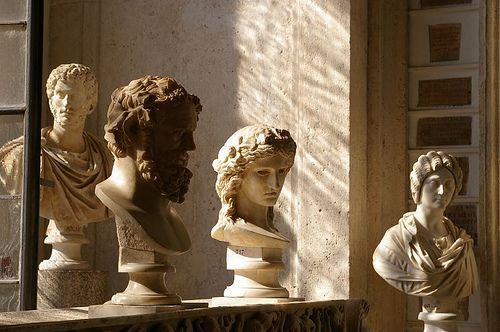Ever heard of the Art Standards? Being a self-taught artist means that you are learning and teaching yourself about art on a daily basis. Some artists like theory, while the majority of artists prefer practice and experimentation. However, I think being a self-taught artist is the byproduct of both.
In this article, I will highlight a roadmap for self-taught artists to follow, and I will call these steps the six art standards.
By art standards, I mean the learning goals for young artists. And I will share with you the six most crucial things to know about art in order to improve.
The points I want you to focus on are the following, in order of importance:
- Aesthetics
- Art history
- Personal expression
- Art Production
- Integration
- Art criticism
So let’s get started.

1- Aesthetics
Aesthetics is a branch of philosophy dealing with the nature of beauty, art, and taste and with the creation and appreciation of beauty.
For an artist, it would mean using the knowledge of how to employ elements and principles to create something beautiful and artistic.
This philosophy of art specifically studies how artists imagine, create, and perform works of art, as well as how people use, enjoy, and criticize art. Aesthetics considers why people like some works of art and not others, as well as how art can affect moods or even our beliefs. Both aesthetics and the philosophy of art ask questions like “What is art?”, “What is a work of art?,” and “What makes good art?”
As they start to create, self-taught artists should be able to train their minds to understand and reply to some of these questions from their own point of view.

2- Art history
I know this is a very boring part, even for academic artists. But trust me when I say, I get bored easily and would never drown in something that isn’t life-changing or useless.
Studying art history will show you how art styles, subjects, and techniques have progressed throughout the years. It will help you make sense of the past and why some art masters are praised for their works and used as a reference to teach and guide young artists.
Studying art history makes you a master of visual analysis, written communication, and critical thinking as well.
When I say art history, though, it doesn’t have to necessarily mean artworks or paintings from the 15th century. You can learn from films, ceramics, fashion, old performances, media, and anything with a visual aspect really.
3- Personal expression
After opening up to aesthetics and some art history, your mind is already full of ideas and you are able to conceive some visual representations of the art you’re aiming to create. It is then time to move on to a bit of practice. You start the process by brainstorming and choosing a range of subjects and ideas you might want to address in your creations. You can even go beyond that and start evaluating subjects and symbols that speak to your preferences as an artist.

4- Art Production
With a clear subject or idea in mind, you can start producing and creating art. However, many questions arise here: Which techniques do I use to do this? What is the creative process to follow? Which medium and how to use it?
Many young artists with talent and a lot of excitement decide to start straight into this step of art production. In fact, I did that too as a child. And although doing it through practice alone, shoot and miss, taught me so much about what I like and how I enjoy working. It was a very slow process compared to when I combined both theory and practice.
I have many articles on my blog about paint types, painting techniques, and exercises to help you improve if that’s something you’re looking for.
5- Integration
In studying, reading, and getting to know more about art, I noticed something that was a wake-up call to me. Actually, it was while I was reading Mastery by Robert Greene (Check this list of my best book recommendation for artists) that I became aware of the importance of integration. By integration, I mean making connections between the visual arts and other disciplines. This will actually make a lot of sense of your ideas and what you imagine or come up with as an artist, not only to you but to your viewers and audiences as well.
The more various info you consume and the more visual nutrition you get, the more the quality of your ideas grow.
Check this post out, Best Inspiration Websites and Social Media Platforms for Artists.
6- Art criticism
Critiquing others’ work is something we unconsciously do all the time. And it is a great way to develop our observation skills and learn from what other artists are doing to express their thoughts and visions. But, critiquing our own work is another aspect that we really need to pay attention to. I have a whole blog post on how you can critique your artwork here.
Reflecting upon what we create gives us room for improvement and helps us assess the characteristics and merits of our own work and that of others as well. It is a great way to take some rest from creating and evaluating what you’ve been working on, and also plan where you can work in the future and what to change as well.



4 Comments